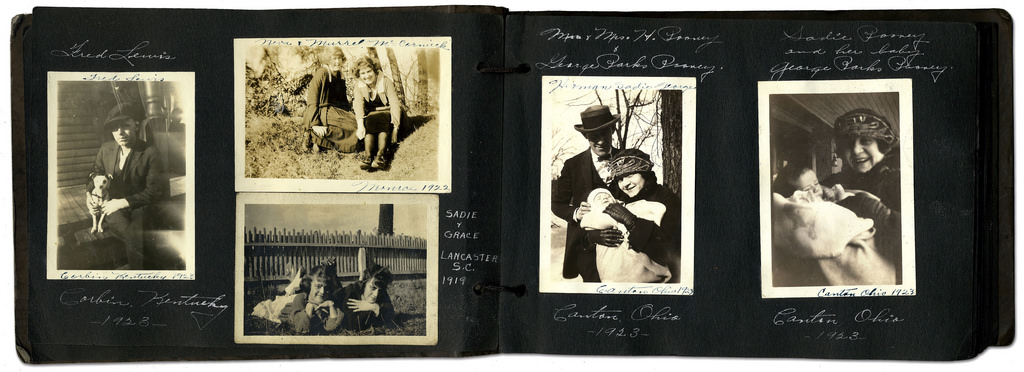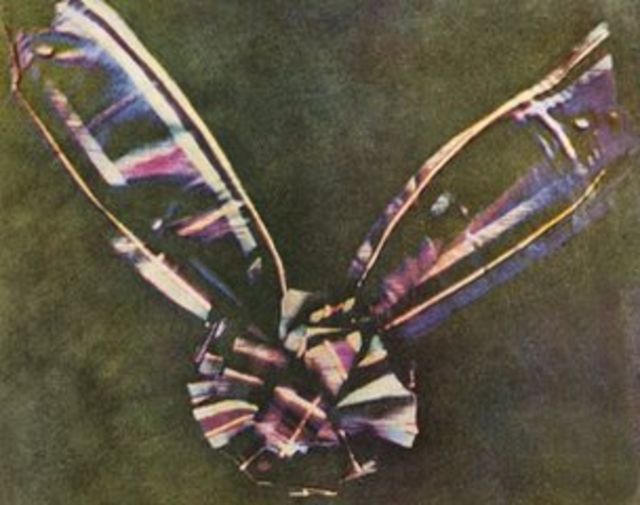How do archives function as repositories of knowledge?

Archives, such as the Société Jersiaise, are used to store and preserve documents, photographs, objects and other forms of data and information, providing its users with repository of knowledge on subjects regarding human history, to archaeology and other alike subjects. The Société Jersiaise is a photographic archive founded in 1873, where its early members collected and created records of Jersey and published them in Annual Bulletin. The Société gained more members and collections over the years, with local photographers such as Emile Guiton and Henry Mullins, who ‘realised that history was being made’, they decided ‘recording in permanent photography local prehistoric monuments, buildings and ruins’ in order to better preserve Jersey’s culture and history, was crucial. Archives such as this allow people to view the world as it was, at that time, giving a wider sense of community, as well as a more knowledgeable understanding of the island, all by providing public access to these records.

However, some archives, such as a family or personal archive, are not limited to a building/company. Photobooks, albums, diaries are all ways of recording a family’s/individual’s history and their more intimate nature allows them to be organised in a way that’s more meaningful to those connected to them, perhaps similar to that of a collection of art. Modern technologies allow for archives, such as the Société Jersiaise to be published digitally, allowing access from anywhere, likewise, a personal archive can be published on social medias to be shared with friends and family.
One particular photographer whose work has been archived by the Société Jersiaise is one of the most important photographers both in Jersey and the wider world: Thomas Sutton. Sutton’s importance comes from his work in the study and practise of photography, not only were his photographs artistically appealing, but his publications, such as the Dictionary of Photography, and inventions, including the first single lens reflex camera, as well as the first permanent colour photograph, were all important in the world of photography.

Sutton had a workshop/studio located in St. Brelades bay from 1847 to around 1854, where it burnt down, during which he was patronised by Prince Albert and French photographer Louis Blanquart-Evrard acted as his partner. During his time in Jersey, he photographed several landscapes around the island, including both natural and man-made structures, as well as a few portraits, and published Souvenir de Jersey, the first photographic publication with Jersey as its subject. Some of his images have been recorded by the Société Jersiaise, as these images provide both in aesthetic and artistic, as well as a historic way. Some of the recorded images include ruins of old buildings and towers, sights that would not have been seen in the modern day without the use of an archive, which links clearly to the importance of archives and their function as a repository of knowledge and culture. His work with Blanquart-Evrard also provides an insight into the processes of photography used at the time, Sutton’s being the calotype process during his time in Jersey.
This image is an example of the Calotype process Sutton and Blanquart-Evrard worked on during their time in Jersey, taken roughly in the year 1854. This method of performing the Calotype process was first published in France in 1847, by Blanquart-Evrard himself. The process involves placing a sheet of paper with silver chloride in a camera obscura to create a negative. The difference between William Talbot’s original process involves coating the silver chloride on the surface by brushing on the surface of the paper, while Blanquart-Evrard’s process involves fully coating the paper in potassium iodide and silver nitrate by having the paper ‘float’ in the solution.
.jpg?mode=max)
The image depicts a ruined tower, likely on the west coast of Jersey in St. Ouens, with what appears to be only about one half of the tower remaining, giving the ruin an almost artistic tone akin to a photomontage cut-out. The viewpoint of the image allows the top half of the tower to be positioned in the sky, giving it a clear background that emphasises the form of the bricks and contrast of the shades on them. There are two kinds of lines in this image, both are divided by the natural and unnatural aspects of the image, which was likely intentionally done by Sutton. There are irregular lines made by the plants, sands and rocks, as well as straight lines made by the windows and edges of the tower, the difference of the types of lines emphasises the differences between the two, putting more of a focus on the tower itself. It is likely that this image was taken for documentary purposes, however it is undeniable that Sutton intentionally used this particular composition to create an artistic flare.
By looking at images from the past, such as Sutton’s calotype works, we can indeed use them and, by extension, the archive that stores it as useful ways of gaining knowledge particularly about the past, whether that is our cultural, geological or artistical history. Sutton’s work (specifically in Jersey) mainly focusses on landscapes as their subject, however, there are many other photographers, such as Henry Mullins and William Collie, whose work has more social connotations, documenting people and their different cultures and occupations. It is these photographers that gives us a clearer image on Jersey’s social history and with the help of the context given to them by archives, we can gain greater knowledge on Jersey’s diverse culture.

As for my own work, I think archives can help me gain more context historically, culturally and socially about the island itself, which will tie nicely into ‘Island-ness’ and hopefully give each of my images more meaning. As a photographer, my response to the wide knowledge an archive can provide would be to research a particular event or theme that I am interested in and link my own photographs to those documents, be it by adapting them to the modern age, or adapting the modern styles to the archived ones.

Joshua, a very well constructed essay, that clearly demonstrates that you have researched, read and thought about the essay question and the function of the archive in general. Use of specialist terminology and prose flows well and you have a natural way of expressing yourself. Excellent use of examples to extend knowledge and understanding in selecting key photographers and images, that have been analysed using both contextual and personal references.
For the upcoming Personal Study, consider how images or specific collections from the historical photo-archive at Societe Jersiaise (or any other archive) may help to develop your project. Thomas Sutton was indeed a pioneer or photography and he would be a good subject to explore in Personal Study, both innovative and ahead of his technological and aesthetically.
15/18 = A – grade
Well done!